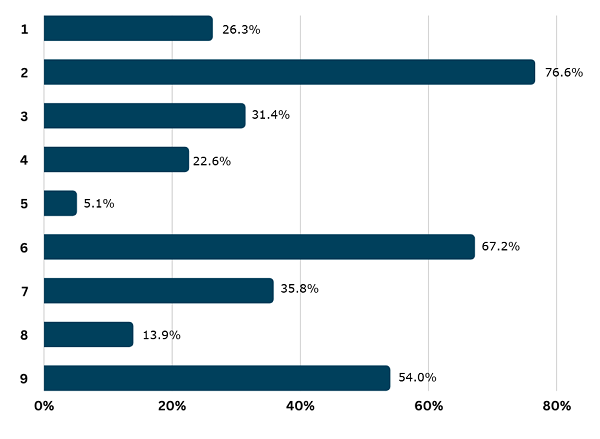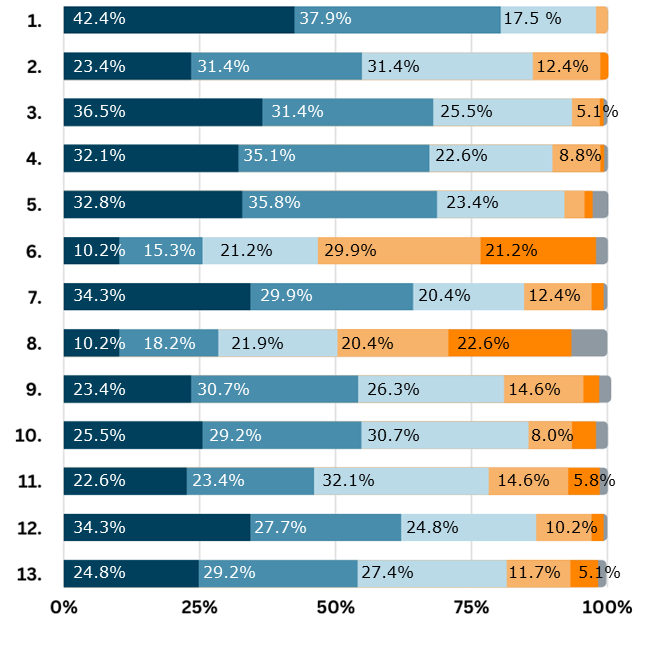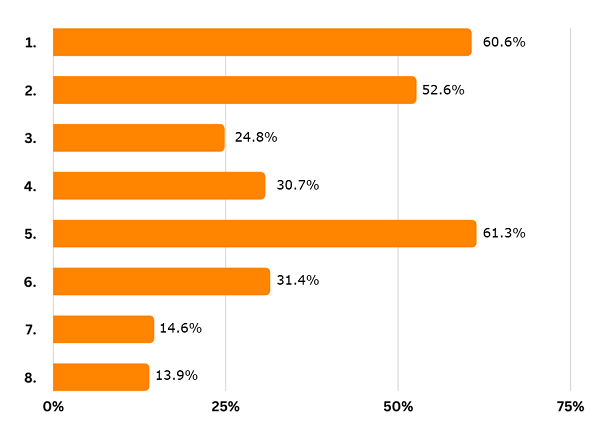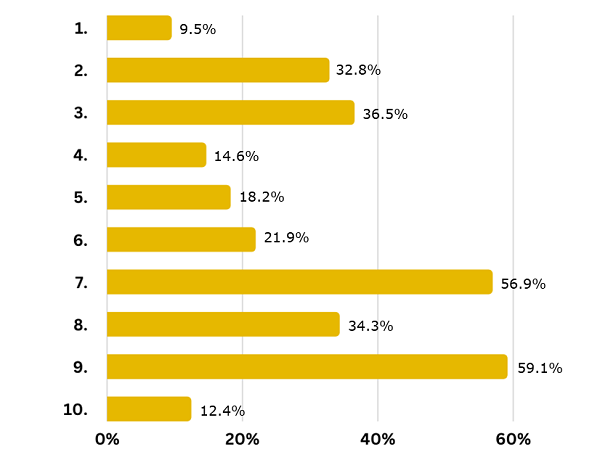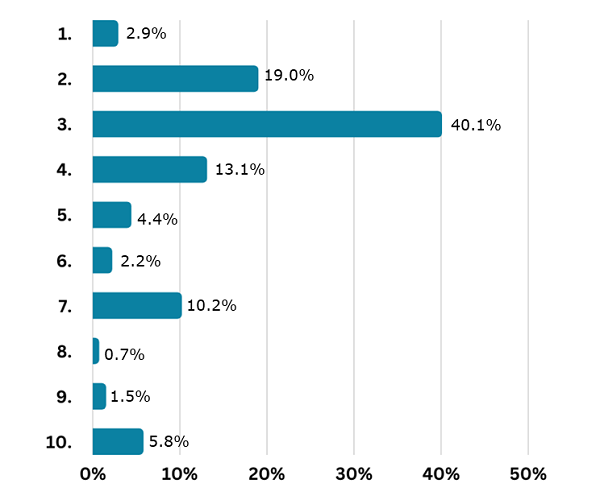Survey on teaching history from multiple perspectives - Results
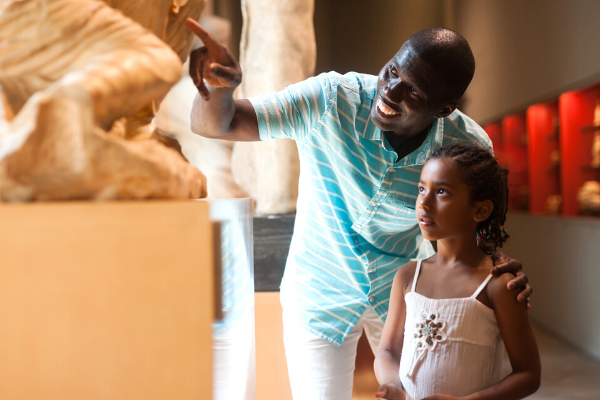
A multiperspectivity approach is crucial for understanding history, since it acknowledges diverse interpretations of an event rather than a universal historical truth (Council of Europe, 2001). Multiperspectivity also brings out the distinction between facts and opinions (and indeed fake news), and invites pupils to judge and compare the validity of different narratives using certain criteria. The ET 2020 Working Group experts have produced a report with their insights on building bridges through inclusive and cross-border history education.
This survey aimed to gauge views on teaching history from multiple perspectives. It was active from May to August 2022 and attracted 137 respondents from over 30 countries, 82% being teachers or school leaders.
HISTOLAB is looking for the next big thing in history education, spotlighting and supporting original and innovative ideas on how to develop this field of education from teachers, students, practitioners, academics, researchers, junior researchers, teachers in training, museologist etc. Read more here
1. What are the three most important functions of history education, in your opinion?
The majority of respondents (54-74%) believe that history education helps people not only to understand change and social evolution, but also to comprehend contemporary world events, and develop skills such as critical thinking and open-mindedness. Fewer respondents think it is essential for good citizenship (23%), promotes pride in the respective country (14%) or that it is useful for the world of work (5%).
- It informs us about how people and societies behave
- It helps us understand change and how the society we live in came to be
- It provides us with an identity
- It is essential for good citizenship
- It is useful in the world of work
- It helps us develop skills such as critical thinking and open-mindedness
- It promotes values such as tolerance and mutual understanding
- It promotes pride in our country and culture
- It helps us understand contemporary world events
2. To what extent do you use the following strategies in your daily teaching (if you teach history) – or (if you don’t), to what extent do you think they should be used?
Concerning the teaching strategies used (or those recommended) in history education, respondents indicated the use of media other than school textbooks (80%), cross-disciplinary approaches (69%) and pupils’ personal research (68%). These are followed by pupils’ group research (67%), visiting museums and/or historical exhibitions (64%) and activities such as debates and roleplays (62%).
Less frequently cited strategies include exploring controversial and sensitive issues, accessing historical virtual tours and collaborating with experts and/or other organisations. Even fewer respondents indicated the inclusion of perspectives from marginalised/under-represented groups, or the use of textbooks from other countries and/or of outdated textbooks to explore the same topic.
- Using media other than school textbooks (e.g., videos, interviews)
- Exploring controversial and sensitive issues
- Promoting pupils’ personal research
- Promoting pupils’ group research
- Introducing cross-disciplinary approaches
- Examining old textbooks that are no longer in use in schools (e.g., how historical events were represented)
- Visiting museums and/or historical exhibitions
- Using textbooks of other countries to explore the same topic
- Using anniversaries, centenaries and other public celebrations
- Accessing historical virtual tours
- Including the perspectives of marginalised/under-represented groups
- Organising debates and roleplays
- Collaborating with experts and/or organisations
3. Which of the following practices best reflect your teaching approach (if you teach history) – or (if you don’t), the way you think it should be taught?
As far as teaching practices are concerned, the majority indicated that they examine the social, political and economic context of the sources, while comparing evidence from different sources (61%). Fewer respondents evaluate the credibility of sources (53%), examine the interrelations among different perspectives or deconstruct the language of the text in terms of differentiating between opinion and fact (31%).
Furthermore, one out of four respondents attempts to understand the logic behind the sources’ viewpoint, while even fewer respondents explain the official (government) perspective to their pupils (15%) and adhere to the national curriculum for history, even if other perspectives exist (14%).
- Comparing evidence from different sources, checking for points of agreement/disagreement
- Evaluating the credibility of sources (e.g., who is the author? What is his/her role?)
- Trying to understand the logic behind the sources’ viewpoint
- Deconstructing the language of the text (e.g., differentiating between opinion and fact, or noting how the narrative is structured)
- Examining the social, political and economic context of the sources
- Examining interrelations among different perspectives
- Making the official (government) perspective clear, while exposing pupils to other points of view
- Adhering to the national curriculum for history, even if there are other perspectives on events
4. What are the most important benefits of multiperspectivity in history education?
The most frequently cited benefits of introducing multiperspectivity in history education include developing critical thinking skills and other transferable skills (59%), as well as encouraging pupils to respect diversity and cultural differences (57%). Additional perceived benefits include the enrichment of historical narratives, the development of pupils’ analytical skills and subject knowledge, and the discovery of different historical truths offered by different sources.
Fewer respondents found it beneficial to highlight influences between countries, alliances, or different groups within a country, help pupils gain a sense of national and personal identity or expand the linear historical approach of school curricula.
- Expanding the linear historical approach of school curricula
- Discovering different historical truths offered in different sources
- Enriching historical narratives through additional dimensions (e.g., social, political)
- Highlighting influences between countries, alliances, or different groups within a country
- Shedding light on conflict situations and counter-myths
- Studying historical relationships between majorities/minorities, advantaged/disadvantaged groups
- Encouraging pupils to respect diversity and cultural differences
- Developing pupils’ analytical skills and subject knowledge
- Developing critical thinking skills and other transferable skills
- Helping pupils to gain a sense of national and personal identity
Conclusion
The majority of respondents indicated that history education helps people to understand change, reflect on the evolution of society and comprehend contemporary world events. In terms of teaching strategies, the use of media other than school textbooks, cross-disciplinary approaches, and pupils’ personal and group research were the most frequently cited. In this regard, the House of European History provides an online collection, narratives, exhibitions and learning activities that can support and enrich history education.
Regarding teaching practices, most respondents reported that they examine the sociopolitical context of sources, compare evidence from different sources and evaluate their credibility. Respondents think that multiperspectivity contributes to the development of pupils’ critical thinking skills and other transferable skills, as well as promoting diversity and cultural differences. Nevertheless, if you are unsure of how to do this, Euroclio provides access, through its Resource Centre for History Education, to materials related to history, heritage and citizenship education; Europeana allows you to access art, books, films and music from thousands of cultural institutions, and Historiana offers free historical content, ready to use learning activities and innovative digital tools made by and for history educators across Europe.
Annex - Which of the following best describes your role?
- Teacher – early years education
- Teacher – primary education
- Teacher – secondary education (History)
- Teacher – secondary education (Other)
- Teacher – vocational education
- School head
- Teacher educator/trainer
- Education policymaker
- External practitioner (visiting schools)
- Other educational professional/stakeholder
Additional information
-
Education type:School Education
-
Target audience:Head Teacher / PrincipalParent / GuardianResearcherStudent TeacherTeacherTeacher Educator
-
Target audience ISCED:Primary education (ISCED 1)Lower secondary education (ISCED 2)Upper secondary education (ISCED 3)

